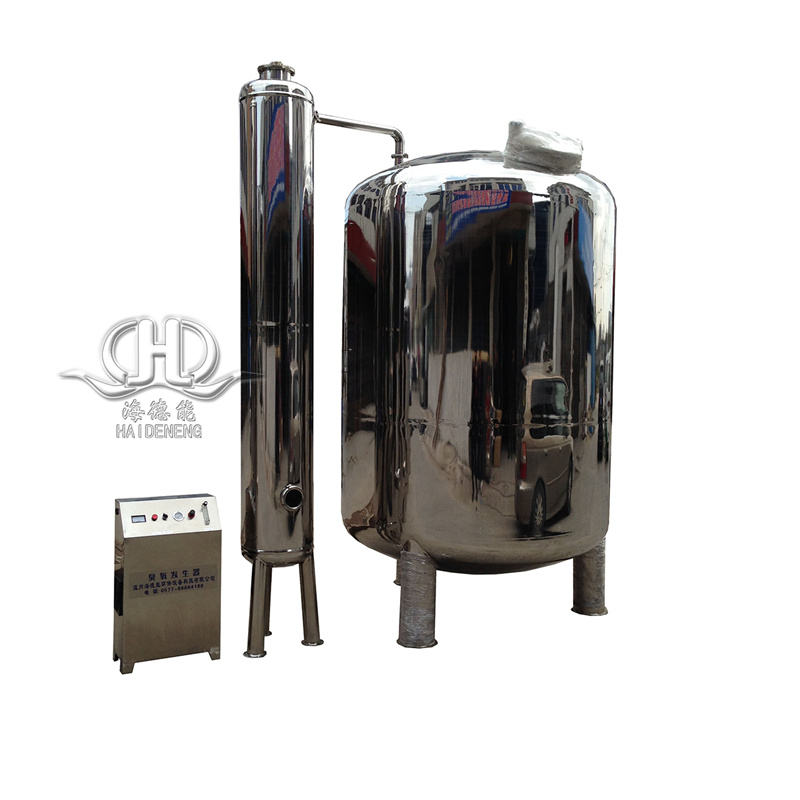Rain Water Harvesting Reverse Osmosis Filtration System Economic Machine Salt Water Treatment Reduce Salinity Purifier System
Product description
1. Rainwater Harvesting
Role:
- Freshwater Collection: Captures rainwater from rooftops, catchment areas, or land surfaces for storage and later use.
- Pre-Treatment: Reduces initial salinity and contaminants via gravity filters or sediment traps.
Mechanism:
- Catchment Systems: Roofs, green roofs, or paved surfaces channel rainwater into storage tanks.
- Pre-Filtration: Screens, first-flush diverters, and sand/coconut husk filters remove debris and pathogens.
Applications:
- Irrigation: Supplies non-potable water for crops during dry seasons.
- Domestic Use: Potable water after RO treatment.
Benefits:
- Low Cost: Rainwater is free and reduces reliance on groundwater or municipal supplies.
- Sustainability: Mitigates flood risks and replenishes groundwater.
Challenges:
- Seasonal availability; requires storage during dry periods.
- Risk of contamination if stored improperly.
2. Reverse Osmosis (RO) Filtration
Role:
- Salinity Reduction: Removes dissolved salts, heavy metals (e.g., sodium, chloride), and organic contaminants via semi-permeable membranes.
- Polishing Water Quality: Achieves <500 ppm TDS (total dissolved solids), making water safe for drinking and irrigation.
Mechanism:
- High-pressure pumps force water through RO membranes, rejecting ions and particles.
Applications:
- Brackish Water Desalination: Treats groundwater with moderate salinity.
- Coastal Communities: Converts seawater into freshwater (requires additional pre-treatment).
Benefits:
- High Purity: Ideal for regions with saline water sources.
- Compact Design: Scalable for households, farms, or industries.
Challenges:
- Energy-intensive; requires pumps and electricity.
- Produces brine waste (needs proper disposal).
3. Economic Design Considerations
Cost-Saving Strategies:
- Hybrid System: Use rainwater as the primary feedstock, reserving RO for brackish/seawater during dry seasons.
- Energy Recovery: Install turbines or pressure exchangers to reclaim energy from RO brine, reducing operational costs by 30–50%.
- Low-Energy Pumps: Use variable-frequency drives (VFDs) to optimize pump efficiency.
- Low-Cost Pre-Filtration: Pair RO with sand/coconut husk filters to minimize membrane fouling and replacement costs.
Economic Applications:
- Rural Communities: Affordable off-grid solution for drinking water.
- Agriculture: Low-cost irrigation water from stored rainwater + RO-treated brackish groundwater.
- Municipalities: Reduces reliance on expensive desalination plants.
4. Saltwater Treatment & Salinity Reduction
Workflow:
- Rainwater Harvesting: Collect and store rainwater.
- Pre-Treatment: Remove debris and pathogens via sand/coconut husk filters.
- RO Filtration:
- For brackish groundwater: Directly desalinate using RO.
- For seawater: Combine with microfiltration (MF) or ultrafiltration (UF) to protect RO membranes.
- Brine Management: Dispose of concentrate via evaporation ponds, injection wells, or reuse in industrial processes.
Salinity Reduction Metrics:
- TDS Reduction: RO removes 95–99% of salts (e.g., seawater TDS ~35,000 ppm → permeate TDS ~500 ppm).
- Cost Efficiency: Hybrid systems reduce desalination energy costs by 40–60% compared to standalone RO.
5. Integrated System Benefits
- Cost-Effectiveness:
- Lowers water procurement costs for communities and industries.
- Rainwater storage reduces peak demand on municipal supplies.
- Sustainability:
- Conserves freshwater resources and reduces groundwater extraction.
- Reusable brine for salt harvesting or aquaculture.
- Scalability: Modular design suits households, farms, or industrial zones.
6. Challenges & Solutions
| Challenge | Solution |
|---|---|
| High RO energy consumption | Use energy recovery devices and solar-powered pumps. |
| Brine disposal | Evaporation ponds, brine concentration systems, or partnerships with salt producers. |
| Seasonal rainwater variability | Pair with groundwater recharge or desalination during dry seasons. |
| Maintenance costs | Automated cleaning (CIP) systems and durable, low-cost membranes. |
7. Applications
- Coastal Regions: Treat seawater for drinking and agriculture.
- Arid Zones: Combine rainwater storage with RO for drought resilience.
- Urban Areas: Decentralized systems for communities with saline groundwater.
Conclusion
This integrated Rainwater Harvesting + RO Filtration System offers a cost-effective, sustainable solution for salinity reduction and freshwater scarcity. By leveraging rainwater’s natural availability and RO’s purification efficiency, it provides reliable water for diverse needs while minimizing energy use and environmental impact. With innovations like energy recovery and automation, it is a scalable model for regions seeking economic and eco-friendly water security.
Write your message here and send it to us











